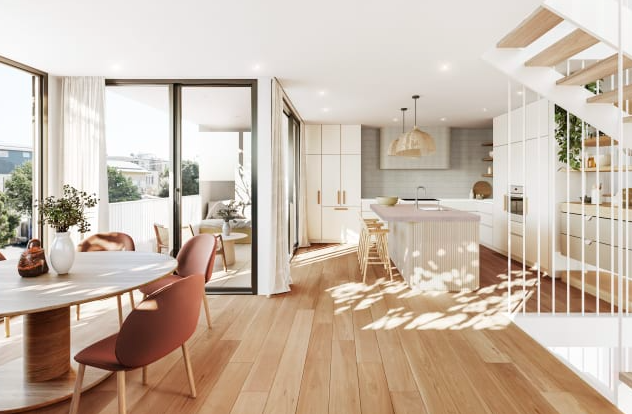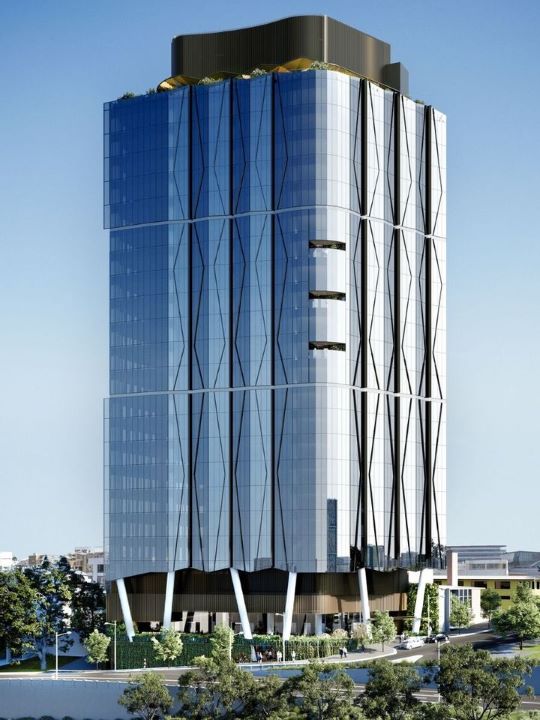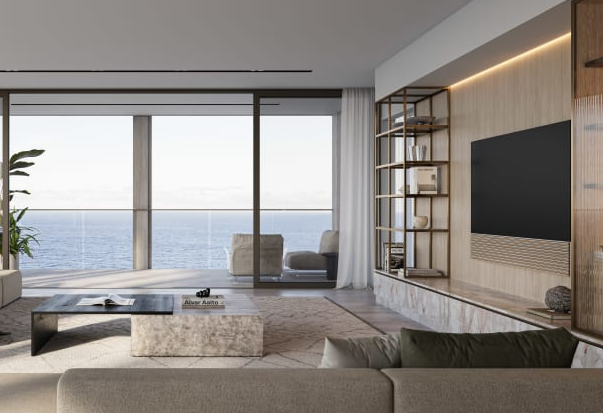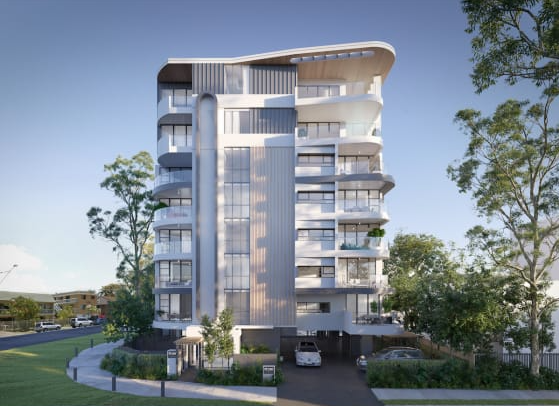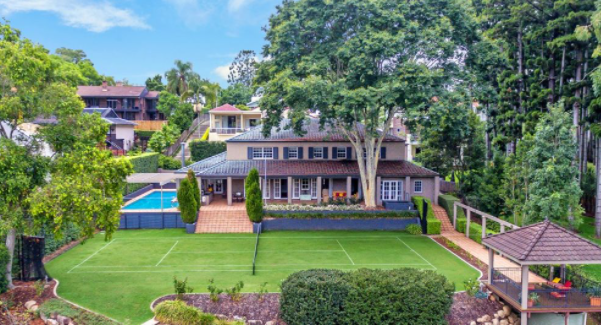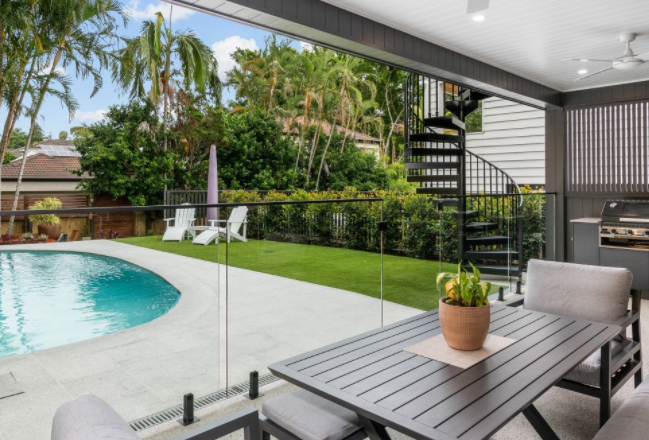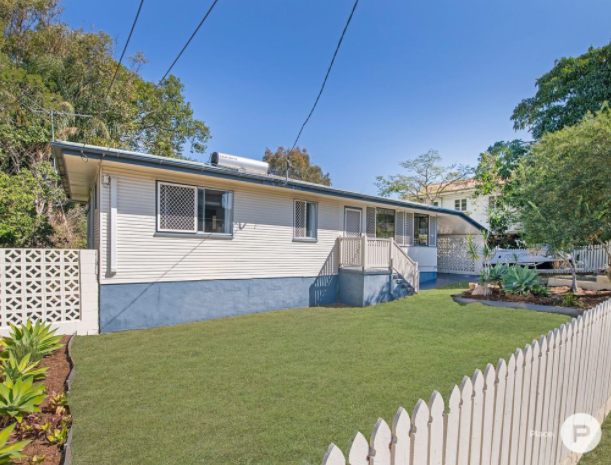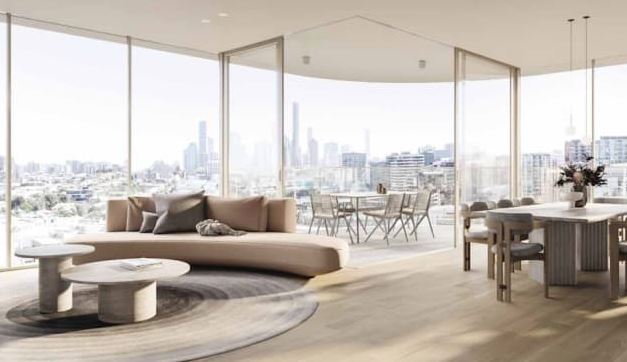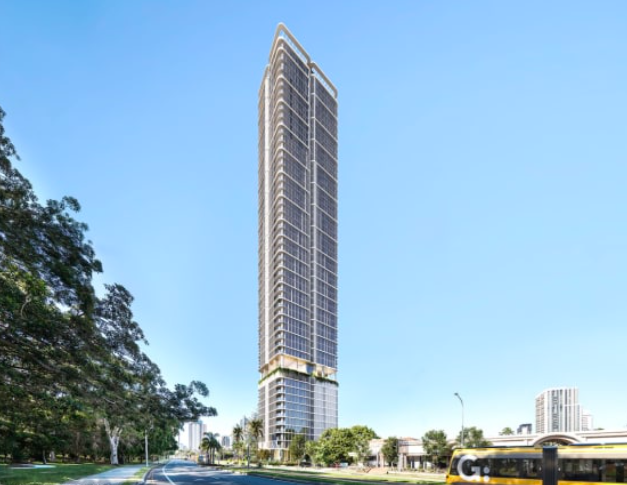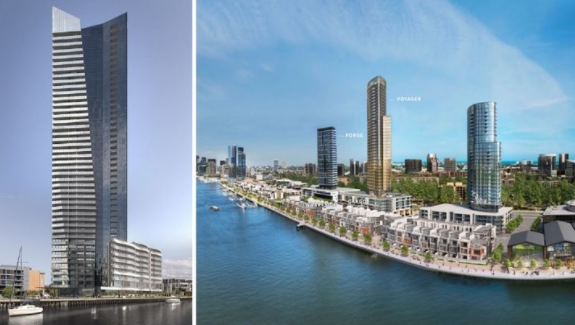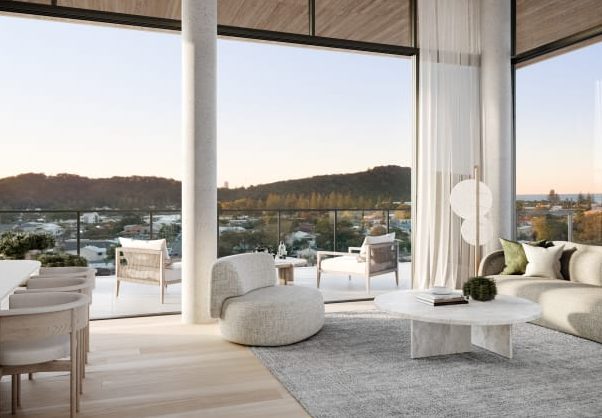Both house and unit rents rose at the same rate – 1.9% – over the September quarter, according to CoreLogic’s quarterly Rental Review.
The national rental index increased 1.9% during the September quarter compared to a 2.1% rise in the June quarter.
National rental rates are 8.9% higher year-on-year, the highest annual growth in dwelling rents since July 2008.
CoreLogic’s research director Tim Lawless said a desire for detached housing remained strong, but suggested further rental affordability deterioration was likely to see more renters looking towards higher density rental options.
“Renters are clearly looking for lower density housing options, with house rents rising at more than double the pace of units rents over the past year, however this trend is starting to narrow, with national house and unit rents rising at the same rate over the September quarter (1.9%),” Mr Lawless said.
“Another factor that may be contributing to rental demand is that more renters are working from home, which could be driving a trend towards smaller rental households as tenants look to maximise their space and working environment during COVID.”
Mr Lawless noted the proportion of investors entering the market had begun to increase with investors accounting for 31% of mortgage demand in August.
Regional dwelling rents rose 2.2% over the September quarter compared to capital city dwelling rents, which increased 1.7% over the same period.
Regional Australia’s annual rate of rental growth of 12.5% in September 2021 is the highest annual figure on record, with CoreLogic rental index figures commencing in 2005.
The combined capital cities recorded annual rental growth of 7.5% over the same period, the highest annual growth rate for the combined capitals since January 2009.
The strongest quarterly rental growth was recorded in Brisbane (2.6%) and Sydney (2.3%), while Perth, which recorded a surge in rental growth earlier in 2021, saw rates increase 0.3% during the September quarter.
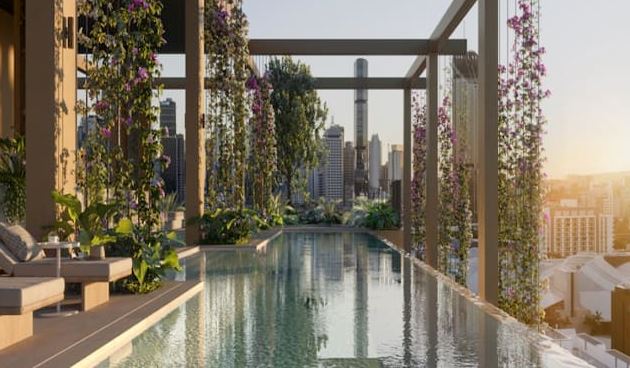
Trellis 20 Edmondstone Street, South Brisbane QLD 4101
Adelaide remains Australia’s cheapest capital city for rentals, with typical dwelling rents of $440p/w compared to Canberra’s rates, which are the most expensive in the country at $633p/w. Melbourne, is Australia’s second more affordable rental market, with a typical dwelling costing $450p/w to rent, or just $9.30 a week more than it costs to rent in Adelaide.
“Relative to household incomes, based on data to March, Melbourne was actually the most affordable capital city to rent, with households, on average, dedicating 26% of their gross annual household income to rent a dwelling compared with the national average of 28.7%,” Mr Lawless said.
“With Melbourne showing the largest exposure to overseas migration, at least historically, once international borders open we could see a more substantial boost to rental demand than other cities. If this is the case, we could see Melbourne once again recording a faster rate of rental growth.”
National gross rental yields have fallen 48 basis points from 3.77% to 3.29% nationally in the past 12 months.
Darwin has the country’s highest gross rental yield at 6.17%, followed by Perth (4.33%), Adelaide (4.06%), Brisbane (3.93%), Canberra (3.92%) and Hobart (3.89%). Sydney (2.45%) and Melbourne (2.76%) have the lowest gross rental yields.
“Data to March shows renters were spending an average of 28.7% of their household income on rental payments, which is slightly above the decade average of 28.1%,”Lawless said.
“Rental affordability has deteriorated further from there, which is likely to see more renters looking towards higher density rental options where renting tends to be more affordable.”
For the first time CoreLogic’s Rental Review includes a list of the top 30 most expensive and affordable rental suburbs for each capital city as well as all key rent and yield statistics. (1.9%),” Mr Lawless said.
“Another factor that may be contributing to rental demand is that more renters are working from home, which could be driving a trend towards smaller rental households as tenants look to maximise their space and working environment during COVID.”
Mr Lawless said private sector investors are the largest contributor of rental housing and up until January 2021 made up 23% of housing market activity. The proportion of investors entering the market has begun to increase with this buyer segment accounting for 31% of mortgage demand in August.
Regional dwelling rents rose 2.2% over the September quarter compared to capital city dwelling rents, which increased 1.7% over the same period. Regional Australia’s annual rate of rental growth of 12.5% in September 2021 is the highest annual figure on record, with CoreLogic rental index figures commencing in 2005.
In comparison, the combined capital cities recorded annual rental growth of 7.5% over the same period, the highest annual growth rate for the combined capitals since January 2009.
“Demographic data is showing a clear trend towards regional population growth, driven by a combination of more people leaving cities for the regions, but also fewer people moving from the regional areas to the capitals,” he said.
“With regional housing rents rising 12.5% over the past year at a time when household incomes have hardly budged, it’s likely that rental affordability is becoming a lot more challenging in some of the most popular regional markets.”
The strongest quarterly rental growth was recorded in Brisbane (2.6%) and Sydney (2.3%), while Perth, which recorded a surge in rental growth earlier in 2021, saw rates increase 0.3% during the September quarter.
Adelaide remains Australia’s cheapest capital city for rentals, with typical dwelling rents of $440p/w compared to Canberra’s rates, which are the most expensive in the country at $633p/w. Melbourne, is Australia’s second more affordable rental market, with a typical dwelling costing $450p/w to rent, or just $9.30 a week more than it costs to rent in Adelaide.
“Relative to household incomes, based on data to March, Melbourne was actually the most affordable capital city to rent, with households, on average, dedicating 26% of their gross annual household income to rent a dwelling compared with the national average of 28.7%,” Mr Lawless said.
“With Melbourne showing the largest exposure to overseas migration, at least historically, once international borders open we could see a more substantial boost to rental demand than other cities. If this is the case, we could see Melbourne once again recording a faster rate of rental growth.”
Despite rising rental prices in the three months to September, dwelling values increased 4.8% in the same period, resulting in declining gross rental yields, a trend that has continued on a monthly basis over the past year. Gross rental yields have fallen 48 basis points from 3.77% to 3.29% nationally in the past 12 months.
Darwin has the country’s highest gross rental yield at 6.17%, followed by Perth (4.33%), Adelaide (4.06%), Brisbane (3.93%), Canberra (3.92%) and Hobart (3.89%). Sydney (2.45%) and Melbourne (2.76%) have the lowest gross rental yields.
Although rental growth has eased quarter on quarter, Mr Lawless expects rents nationally to rise for the foreseeable future but with little increase in household incomes rental affordability will eventually become an issue.
“Data to March shows renters were spending an average of 28.7% of their household income on rental payments, which is slightly above the decade average of 28.1%,” he said.
“Rental affordability has deteriorated further from there, which is likely to see more renters looking towards higher density rental options where renting tends to be more affordable.”
Article Source: www.urban.com.au
from Queensland Property Investor https://ift.tt/3mi9XdJ
via
IFTTT
